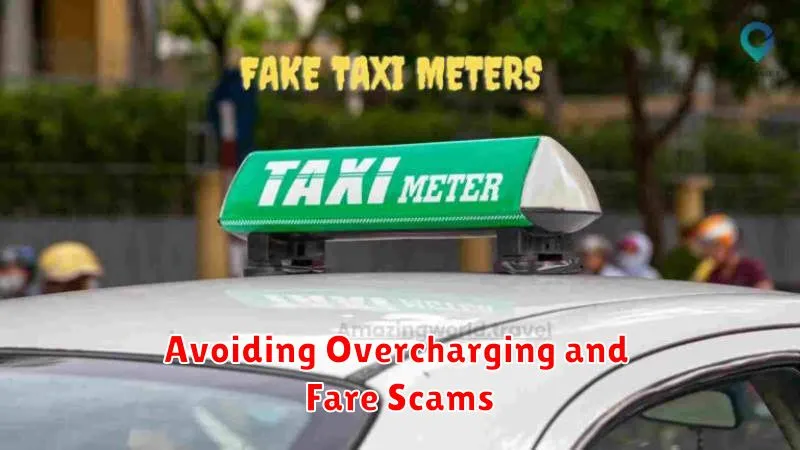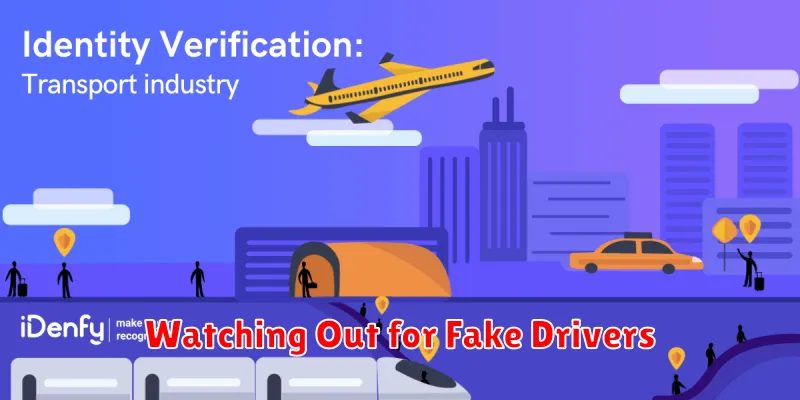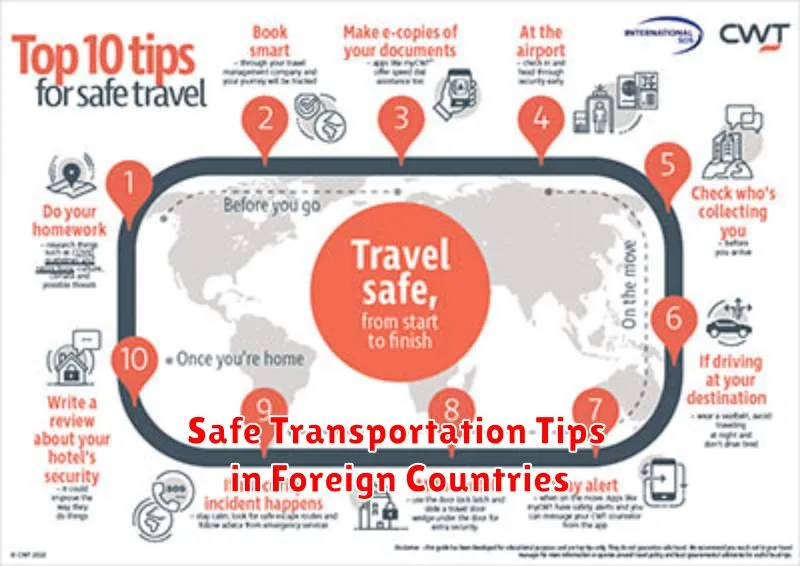Traveling to a foreign country can be an enriching experience, but navigating unfamiliar transportation systems can be daunting. Ensuring your safety while using public transport, taxis, ride-sharing apps, or even renting a car requires careful planning and awareness. This article offers essential safe transportation tips for navigating foreign countries, helping you minimize risks and enjoy a worry-free trip. Learn how to stay safe while using various modes of transportation, understand local regulations, and protect yourself from potential scams or dangerous situations. From pre-trip planning to on-the-ground safety measures, this guide provides valuable advice for safe travels abroad.
Whether you are a seasoned traveler or embarking on your first international adventure, prioritizing your safety is paramount. This guide offers practical tips and strategies for using safe transportation in foreign countries. Discover how to research transportation options in advance, identify safe and reliable services, and protect yourself from common travel scams. By following these essential guidelines, you can confidently navigate unfamiliar territories and ensure a safe and enjoyable travel experience. Focus on safe travel practices to maximize your peace of mind and enhance your journey abroad.
Choosing Reliable Transport Options
Selecting dependable transportation is crucial for both personal and professional commitments. Factors to consider include cost, time, convenience, and safety. For instance, while personal vehicles offer flexibility, they come with expenses like fuel and maintenance. Public transport can be more affordable, but may involve fixed schedules and routes. Evaluating your individual needs and priorities will help determine the most suitable option.
Before making a decision, research available transport methods in your area. This could range from ride-sharing services to cycling. Compare aspects such as travel time, frequency, and reliability. Consider potential delays due to traffic or unforeseen circumstances. Reading reviews and seeking recommendations from others can provide valuable insights.
Ultimately, the best transport option depends on your specific circumstances and preferences. A balanced approach considers your budget, time constraints, and the importance of reliability. By carefully weighing these factors, you can ensure a smooth and efficient travel experience.
Rideshare vs. Local Taxis
When choosing transportation, two primary options often come to mind: rideshares (like Uber and Lyft) and local taxis. Cost is a major differentiator. Rideshares often employ surge pricing during peak hours, potentially making them more expensive than taxis. Taxis, on the other hand, typically have fixed rates regulated by local authorities, providing price predictability. Convenience is another key factor. Rideshares offer easy booking through apps, providing real-time tracking and estimated arrival times. Hailing a taxi can be more challenging, especially during rush hour, and may not offer the same tracking capabilities.
Safety and security are essential considerations. Both rideshares and taxis have measures in place, though they differ. Rideshares conduct background checks on drivers and provide passenger ratings, while taxis undergo licensing and inspections. Payment methods also vary. Rideshares generally handle payments electronically through the app, eliminating the need for cash. Taxis typically accept both cash and card, though some are modernizing with app-based payment systems.
Ultimately, the best choice depends on your specific needs and priorities. If convenience and real-time tracking are paramount, a rideshare might be preferable. If price predictability and a more traditional system are desired, a taxi could be the better option. Consider the time of day, your destination, and your budget when making your decision.
Avoiding Overcharging and Fare Scams

Traveling can be exciting, but it’s crucial to be aware of potential scams that can impact your budget. Overcharging is a common tactic, particularly in tourist areas. Be sure to research typical fares beforehand, whether for taxis, rideshares, or other transportation. Use reputable transportation apps or services that clearly display the fare upfront. If using a traditional taxi, ensure the meter is running or agree on a price before starting your journey. Be wary of drivers taking unnecessarily long routes.
Another common scam involves unlicensed or unofficial transportation providers. These individuals might approach you at airports or tourist hotspots offering seemingly cheaper fares. However, they are often unregulated and may not have proper insurance. Stick to official transportation options, such as marked taxis, designated ride-sharing pickups, or public transportation. This helps ensure your safety and protects you from inflated prices or other deceptive practices.
If you suspect you’ve been overcharged or scammed, document the incident as much as possible. Take note of the driver’s name, vehicle information (license plate number, company name), and any other relevant details. If possible, take a photo of the vehicle. Report the incident to the local authorities or the transportation company involved. Being proactive and informed can help you avoid these situations and enjoy a smoother travel experience.
Booking Buses and Trains in Advance
Booking transportation in advance, especially for buses and trains, offers several key advantages. Securing your ticket ahead of time guarantees you a seat, preventing travel disruptions, particularly during peak seasons or popular routes. Advanced booking often provides access to early bird discounts and other promotional fares, saving you money. Finally, it reduces stress and allows for better trip planning by eliminating last-minute scrambling for transportation.
The process of booking in advance is typically straightforward. Many transportation companies offer online booking through their websites or mobile apps. You can select your desired route, date, and time, and choose your preferred seat if available. Payment methods vary but often include credit/debit cards and online payment platforms. Once your booking is confirmed, you’ll receive a confirmation email or SMS with your ticket details.
While advanced booking is generally recommended, consider the potential drawbacks. Changes to travel plans may incur change fees or make your ticket non-refundable. For shorter or less popular routes, booking on the day of travel might be an option, but this carries the risk of full buses or trains, especially during rush hour.
Watching Out for Fake Drivers

Ride-sharing services offer convenient transportation, but it’s crucial to prioritize safety. One emerging threat is fake drivers posing as legitimate ride-share providers. These individuals may utilize stolen or counterfeit credentials to access ride-hailing platforms, putting passengers at risk. Verify the driver’s information before entering the vehicle. Confirm that the driver’s photo, name, license plate number, and car model match the details provided in the app. If anything seems amiss, do not get in the car.
Remain vigilant throughout your ride. Share your trip details with a friend or family member, enabling them to track your location in real time. If you feel uncomfortable or notice suspicious behavior, trust your instincts and ask the driver to pull over in a safe, public area. If necessary, contact emergency services. Avoid sharing personal information beyond what is required for the ride.
By taking these precautions, you can significantly reduce the risk of encountering a fake driver and ensure a safer ride-sharing experience. Report any suspicious activity to the ride-sharing company immediately. Your report helps protect other passengers and maintain the integrity of the platform. Remember, your safety is paramount.
Staying Safe on Night Travel
Traveling at night presents unique safety concerns. It’s crucial to plan ahead and take precautions. Before you depart, share your itinerary with a trusted contact, including your route, estimated arrival time, and contact information for your accommodations. Confirm that your phone is fully charged and consider bringing a portable charger. If driving, ensure your vehicle is in good working order and be extra vigilant of other drivers and road conditions. If using public transportation, be aware of your surroundings and keep your belongings close.
Choosing safe and reputable transportation is paramount. Opt for well-lit and populated areas when waiting for rideshares or public transport. If possible, travel with a companion, especially in unfamiliar areas. When staying in hotels, choose well-reviewed establishments in safe neighborhoods and utilize all provided security measures, such as deadbolts and peepholes. Avoid displaying expensive jewelry or electronics and keep valuables secure in the hotel safe.
Stay alert and aware throughout your journey. Limit distractions, especially when walking alone at night. Trust your instincts; if a situation feels unsafe, remove yourself from it. If you experience any trouble, contact local authorities immediately. By taking these precautions, you can significantly minimize risks and ensure a safer night travel experience.
Transport Apps That Make Life Easier
In today’s fast-paced world, transportation apps have become indispensable tools for navigating urban environments and beyond. These apps provide real-time information, offering convenient and efficient ways to travel. Whether you need a ride across town, are navigating public transit, or planning a cross-country road trip, there’s an app designed to simplify your journey. They provide access to various transportation modes, compare prices, and offer route optimization based on traffic conditions, saving users time and money.
Ride-hailing apps provide on-demand transportation services, connecting passengers with drivers through their smartphones. These apps offer a convenient alternative to traditional taxis and personal vehicles, allowing users to request rides with a few taps. Users can track their ride’s arrival in real time, view driver details, and make cashless payments. Navigation apps offer turn-by-turn directions, real-time traffic updates, and estimated travel times, making it easier to navigate unfamiliar roads and avoid congestion. Many also integrate with other services to provide information on nearby gas stations, restaurants, and points of interest.
Public transportation apps offer a wealth of information for navigating bus, train, and subway systems. These apps provide real-time schedules, route maps, and service alerts, empowering users to plan their journeys efficiently. Some even offer mobile ticketing options, eliminating the need for physical tickets or passes. By utilizing these various transport apps, individuals can experience increased efficiency and convenience in their daily commutes and travels.

